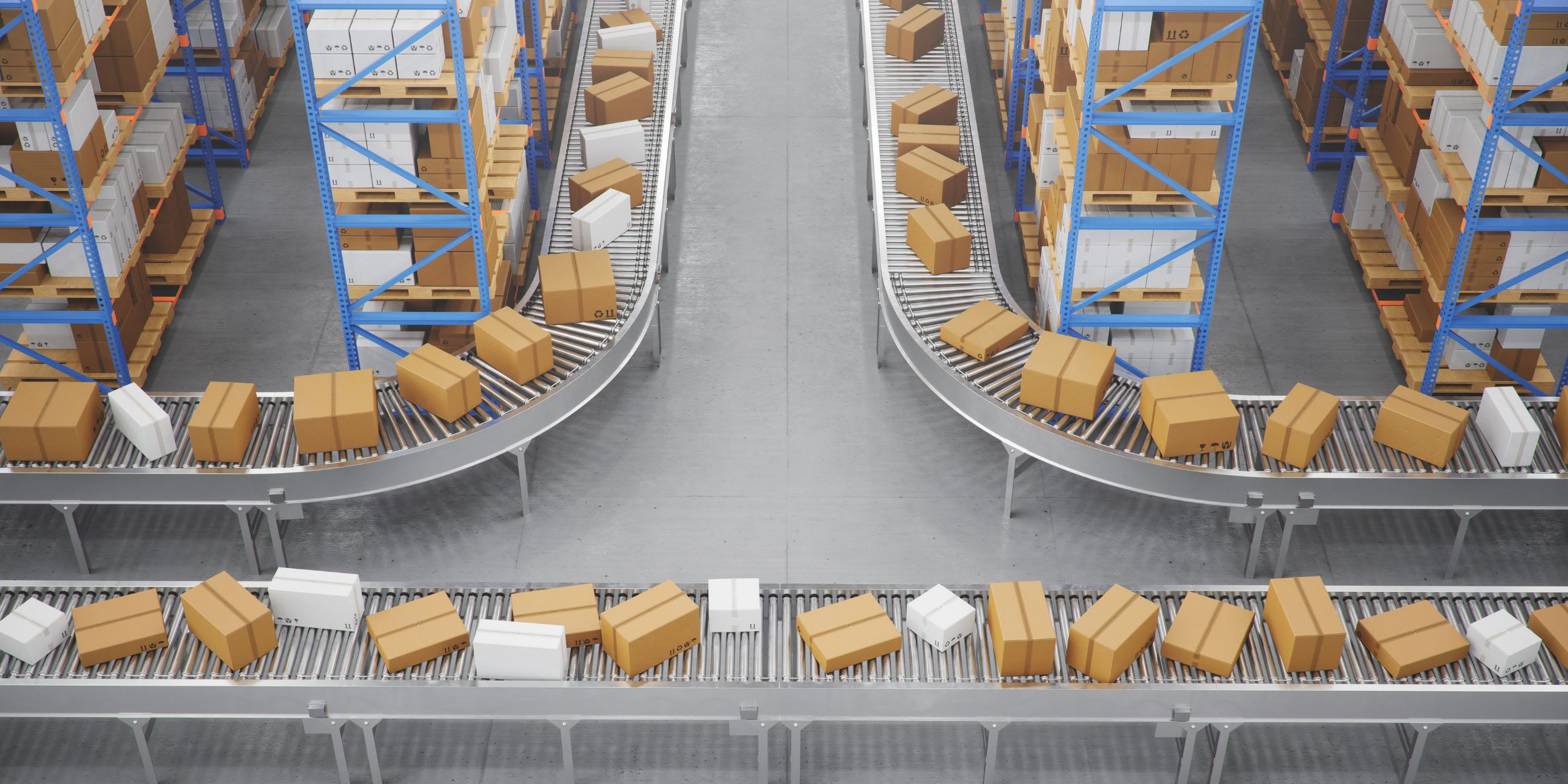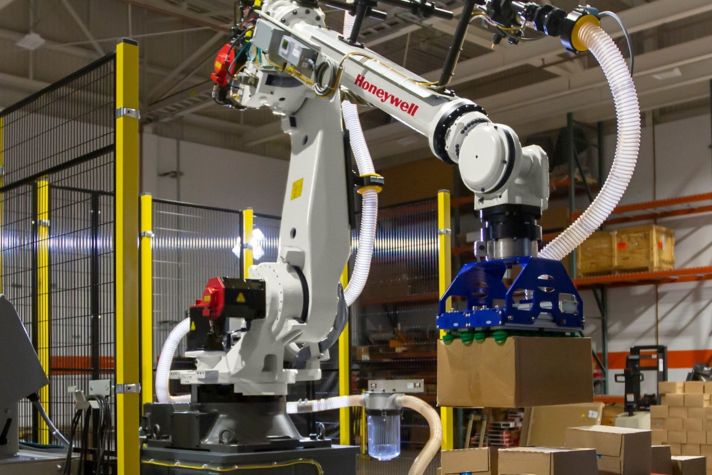-
Global
-
Africa
-
Asia Pacific
-
Europe
-
Latin America
-
Middle East
-
North America
- |
- BUSINESSES
- |
- Contact
- |
-
Global
-
Africa
-
Asia Pacific
-
Europe
-
Latin America
-
Middle East
-
North America
- |
- BUSINESSES
- |
- Contact
- |
You are browsing the product catalog for
You are viewing the overview and resources for
- News
- Ready to Automate? 5 Expert Insights on the Warehouse of the Future
Ready to Automate? 5 Expert Insights on the Warehouse of the Future
A new report explores trends and key considerations for warehouse and distribution center executives implementing automation.
Automation is changing the way our world works, and it’s probably already a part of your daily life.
Even the ways you watch TV and shop are likely influenced by automation, from artificial intelligence-powered suggestions on what series to begin next, and algorithms that conveniently present you with ads for your favorite brand of sneakers.
As making purchases online becomes even more seamless, distribution centers and retail warehouses – the infrastructure taking goods off the shelf and to your customers’ doorsteps as quickly as possible – are also using automation technologies, such as robots and other machines, to increase throughput and help alleviate workers from injury-prone jobs.
Are you ready to automate? Futurum Research interviewed industry leaders and executives to examine the challenges of automating retail warehouse and distribution centers and the approaches they recommend to implementing automation in your business.
Here are the highlights:
1. Focus on automation as a way to augment and secure – not replace – human workers
Consider how automation solutions can allow more opportunities to leverage human skillsets. The value of implementing automation technology is how you can upskill workers and maximize their abilities to solve creative and challenging issues. For example, delegating repetitive, injury-prone tasks to robots designed to depalletize can alleviate workers from that role.
2. Anticipate a decade ahead
How do you know what automation technologies are right for your business distribution? One executive of an autonomous mobile robot (AMR) provider said in Futurum Research’s study that anticipating your peak throughput (about three to four times your normal throughput) requirements a decade from now is critical as you adopt automation solutions.
3. Adopt a data-centric approach
Industrial-grade software can help on your journey to implement automation technologies and measure success. With predictive data, you can get ahead of maintenance or downtime, exposing hidden inefficiencies in your systems and creating a system of record so all teams work with the same data.
4. Integrate management systems
As you prepare to implement automation technologies into your infrastructure, ensure warehouse operations data and records are part of your enterprise’s larger strategy. Integrating data and records across warehouse, supply chain, distribution and other business systems will give you a unified look at your entire enterprise – from the first supplier to the last customer.
5. Challenge assumptions
Focus less on automating existing tasks or processes. Instead, think of the tasks that you envision being automated today, what opportunities that will bring, and what processes or tasks you may want to automate in the future.
Want to learn more about how warehouse and distribution center leaders are implementing automation? Get the full report here.
Copyright © 2026 Honeywell International Inc.




